Train Ticket Booking
Professional development simulation for a ticketing system lifecycle.
OVERVIEW
A theoretical project simulating the professional software development process for a railway ticket reservation system. This included full documentation of system design, stakeholder needs, architectural decisions, and database modeling— without any actual implementation or code.
KEY FEATURES & IMPLEMENTATION
• Defined stakeholder requirements and system objectives
• Created UML use case, class, and activity diagrams
• Designed user interface mockups and ERD (Entity Relationship Diagram) for database
• Outlined system architecture and data flow logic
• Produced documentation based on professional SDLC (Software Development Life Cycle) practices
TECHNOLOGIES USED
Microsoft Word, Draw.io, UML, Database Modeling, SDLC Concepts, GitHub (Version Control)
CHALLENGES
• Translating abstract user needs into functional requirements
• Modeling a multi-role system with real-world dependencies
• Balancing user experience with system architecture in the design phase
LEARNINGS & IMPACT
This project provided practical insight into how software systems are architected from scratch. It sharpened my understanding of requirement analysis, stakeholder engagement, and the value of well-documented design in real-world projects.
SCREENSHOTS
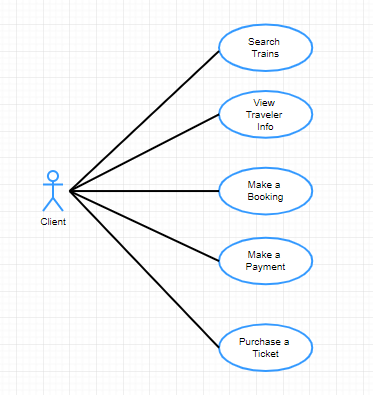
Figure 1. Composite use case diagram outlining actors and interactions with the ticket booking system.
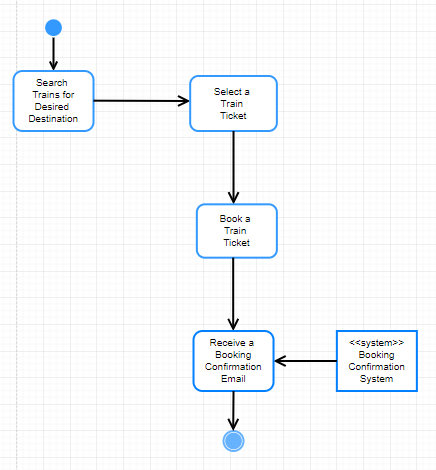
Figure 2. UML activity diagram representing user flow for booking a train ticket.
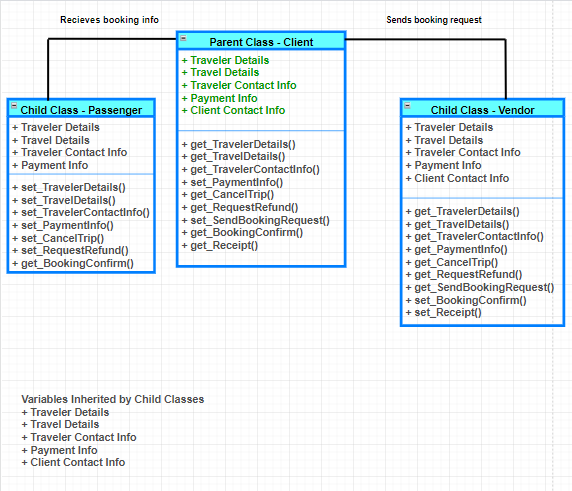
Figure 3. Class diagram showing key classes and relationships in the ticket booking system.
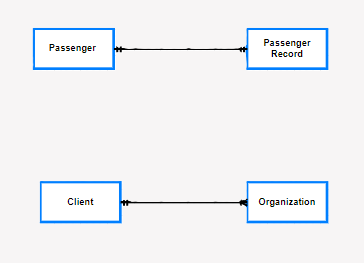
Figure 4. Entity Relationship Diagram (ERD) for the system's relational database structure.
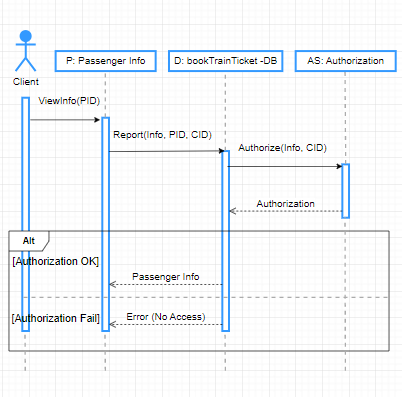
Figure 5. Sequence diagram demonstrating object interaction for a successful ticket booking.
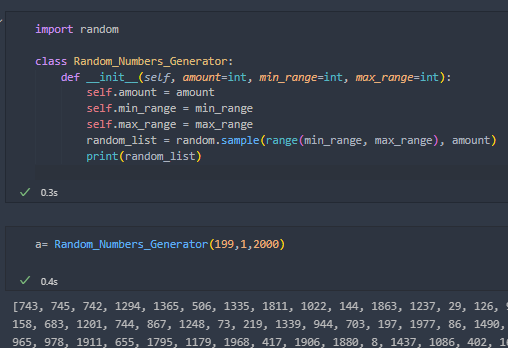
Figure 6. Random number generator logic for generating unique ticket reference numbers.
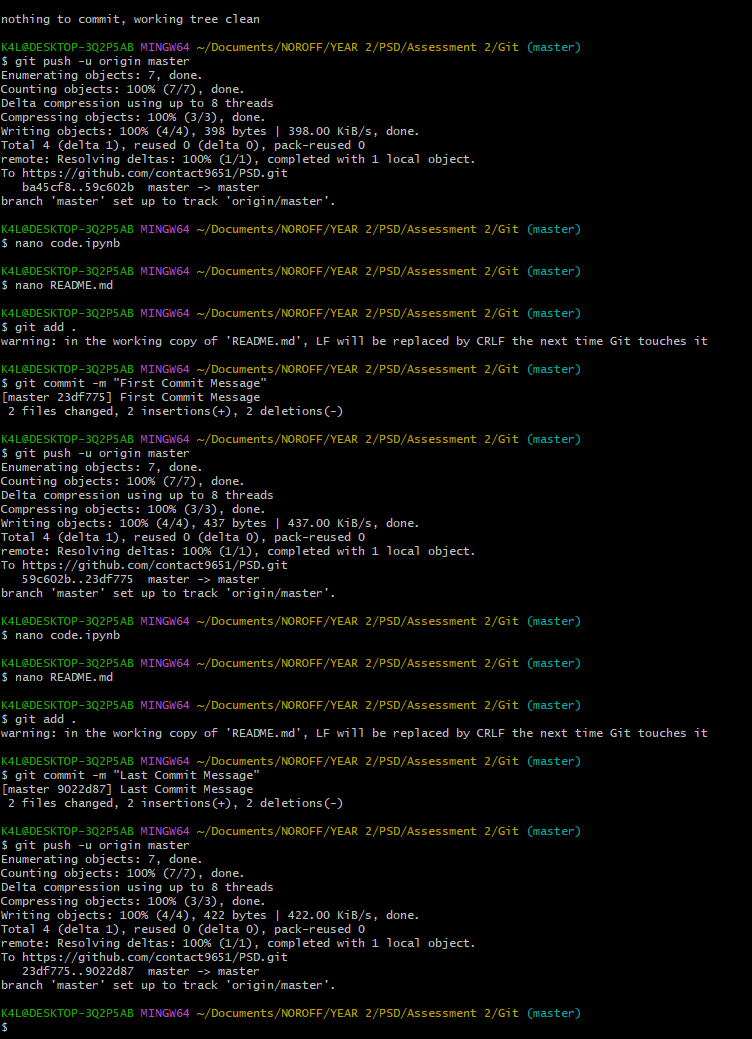
Figure 7. GitHub repository showcasing structured documentation and design files.
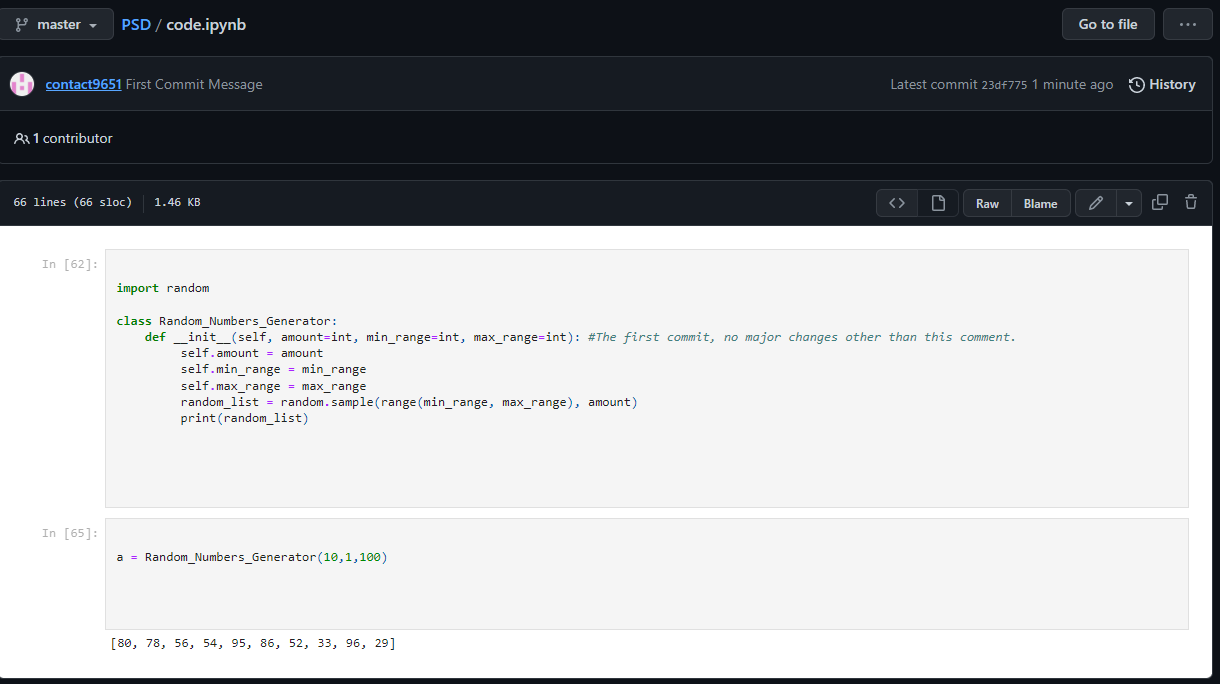
Figure 8. Initial commit message establishing version control setup for documentation workflow.
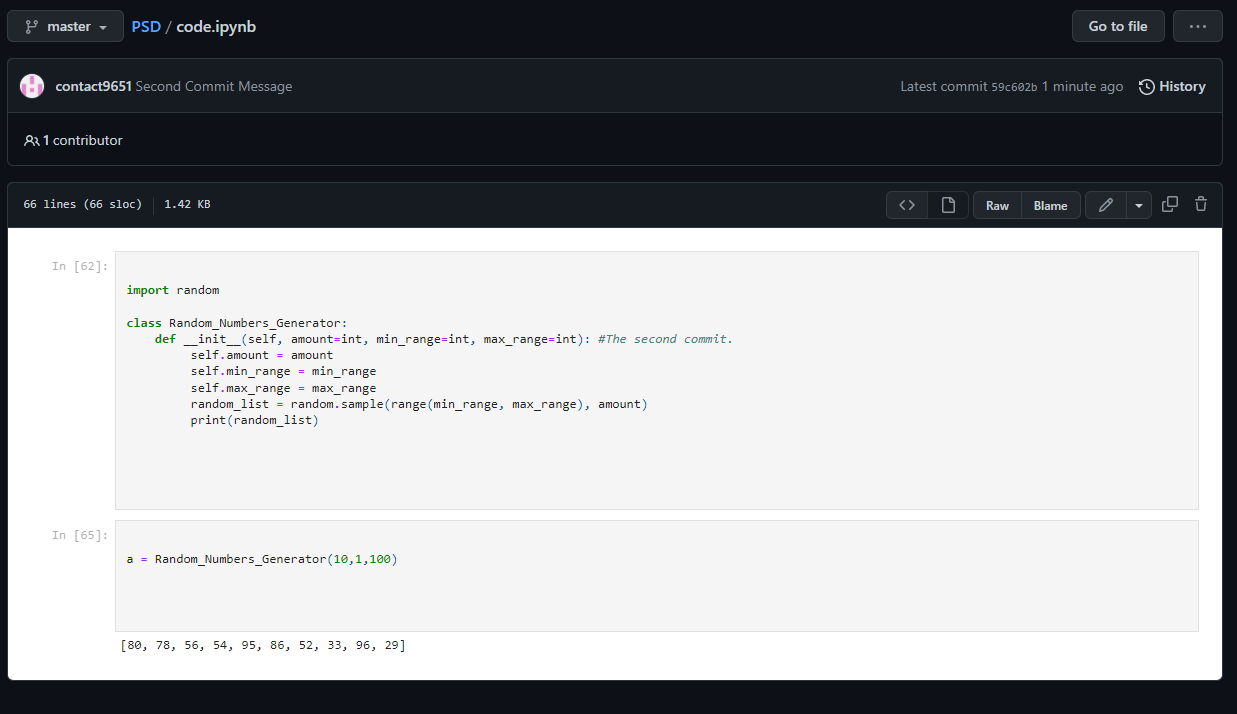
Figure 9. Second commit showing iterative progress and structure updates to project files.
Figure 10. Third commit message documenting final adjustments to diagrams and deliverables.